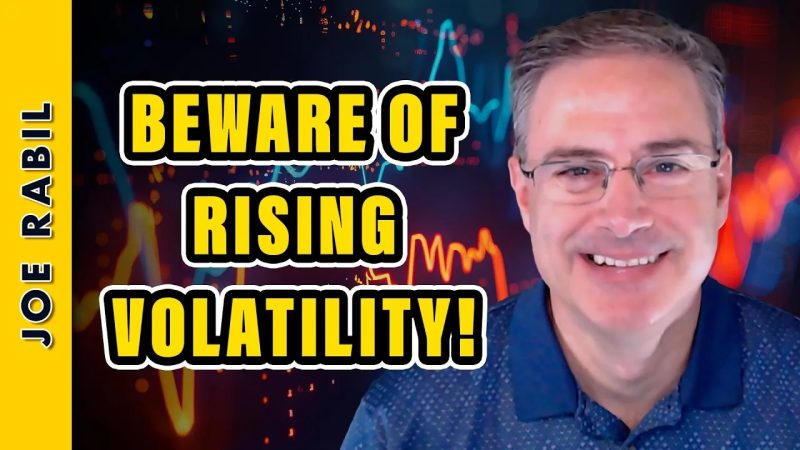The recent spike in volatility has sent ripples through financial markets, prompting investors to reassess their strategies and navigate the shifting landscape with caution. As market participants grapple with mounting uncertainty, it becomes crucial to delve into the implications of rising volatility on the current market environment.
One immediate impact of heightened volatility is increased risk and uncertainty. Sudden and sharp price movements can catch investors off guard, leading to potential losses and amplified market fluctuations. In such a scenario, traditional risk management strategies may prove inadequate, necessitating a more nuanced approach to portfolio diversification and asset allocation.
Moreover, rising volatility can also signal underlying market stress and systemic fragility. As asset prices gyrate amid growing turbulence, concerns over market liquidity and contagion effects come to the forefront. Market participants must stay vigilant and monitor for signs of distress, such as widening credit spreads and erratic trading patterns, which could exacerbate market dislocations.
Furthermore, heightened volatility often affects investor sentiment and decision-making processes. Fear and uncertainty can drive market participants to make hasty and emotion-driven choices, deviating from their long-term investment objectives. In such a situation, maintaining a disciplined approach to investing, focused on fundamental analysis and risk assessment, becomes essential to weathering market storms.
Another aspect to consider is the impact of rising volatility on trading strategies and market dynamics. High volatility levels can create opportunities for active traders to capitalize on price swings and exploit market inefficiencies. However, increased volatility also poses challenges, such as heightened execution risks and greater price slippage, which necessitate a more sophisticated trading approach.
In addition, as volatility rises, correlations between different asset classes and sectors may shift, altering the risk-return profile of portfolios. Diversification benefits may diminish in a high volatility environment, as previously uncorrelated assets may move in tandem during periods of market stress. This underscores the importance of dynamic asset allocation and risk management strategies tailored to the prevailing market conditions.
Overall, the surge in volatility underscores the importance of adaptability and resilience in navigating the ever-evolving market landscape. Investors must remain alert to changing market dynamics, adjust their strategies as needed, and stay grounded in a disciplined investment approach. By understanding the implications of rising volatility and proactively managing risk, market participants can better position themselves to prosper in turbulent times.
In conclusion, rising volatility serves as a potent reminder of the inherent uncertainties and complexities of financial markets. By staying informed, assessing risks thoughtfully, and remaining disciplined in their investment approach, investors can weather market turbulence and seize opportunities amidst the chaos.
